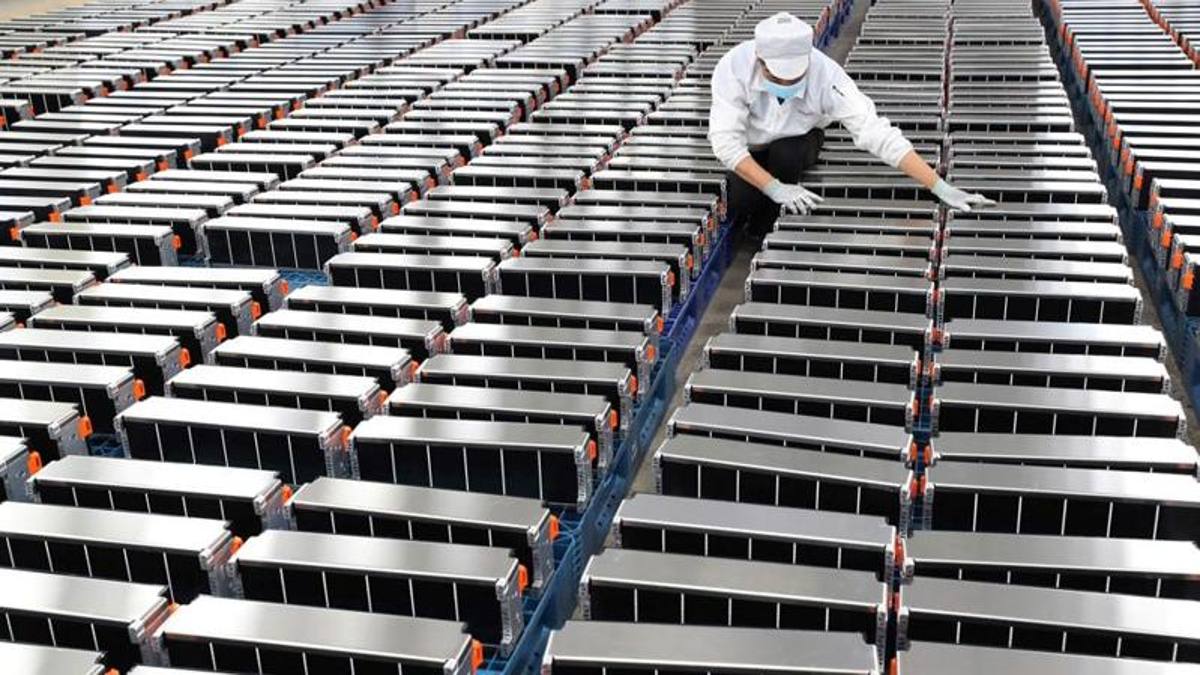The Chinese giant presents a new accumulator with sodium-ion cells that promises to be cheaper to produce than the lithium-ion equivalent. They will arrive in 2023 and will have a density of 160 Wh / kg
With a market share of 30%, Catl is the largest battery manufacturer in the world, as well as the company that supplies Tesla batteries. With a production of 34.1 gigawatt hours, the Chinese company recorded a growth of 234% year-on-year in the first half of the year, but the challenges imposed by the increase in raw material costs require changes. Catl works from a new sodium-ion garlic battery that promises to be cheaper to produce than its lithium-ion equivalent. Opening the way to potentially cheaper price lists that accelerate the mass spread of electric cars.
A question of price
—
The price of lithium carbonate, a key component in EV batteries, has doubled this year, and the cost of nickel, another key metal, has hit five-month highs, according to authoritative Automotive News. to this part. The research group Fitch Solutions in a report last May it reported that lithium prices will continue to rise in 2021 and 2022 as the demand for lithium-ion batteries is accelerating. Against this backdrop, Catl unveiled a new sodium-ion garlic battery a few days ago that promises to be cheaper to produce than the lithium-ion equivalent. This new battery, in fact, uses low-density cells that use cheaper raw materials. In addition to low raw material costs, there are abundant sodium resources on earth, so sodium ion batteries have several advantages. From a technical point of view, they are able to withstand a long charging time without causing damage to the “chemistry”. Until now, due to their lower density, they have been excluded from passenger vehicles, being mainly used on low-speed EVs and for low-end energy storage solutions. Nonetheless, Catl said through R&D advances, its first-generation sodium-ion batteries have achieved an energy density of 160 Wh / kg, and are expected to exceed 200 Wh / kg in the next few generations. “Sodium-ion batteries have unique advantages in low-temperature performance, fast charging and environmental adaptability. In addition, they are compatible and complementary with lithium-ion batteries. Diversified technical pathways are an important guarantee for development at long-term industry, “Catl chairman Zeng Yuqun said.
The mixed battery
—
Catl also presented a battery-pack that can integrate both sodium-ion and lithium-ion cells within the same casing. This compensates for the lower energy density of the former, while retaining its advantages. Wood Mackenzie’s senior analyst Le Xu said in a note following the announcement of the Catl that sodium-ion batteries could potentially solve the cost-cutting challenge faced by Chinese renewable energy developers, thus bringing the energy storage costs to a new level. Catl’s sodium ion batteries will arrive in 2023.
The trend for performance cars
—
The trend today for high-performance cars is to go towards Lfp (lithium / iron / phosphate) batteries, as they have a higher temperature range, are safer and also more mistreatable. In the case of batteries with Lfp chemistry, the Bms, Battery Management System, is much less sophisticated than NMC batteries (nickel manganese cobalt oxide). Chinese Tesla Model 3s have cells with Lfp chemistry, and Asian companies have invested heavily in this type of technology.
August 8 – 16:30
© breaking latest news
.
